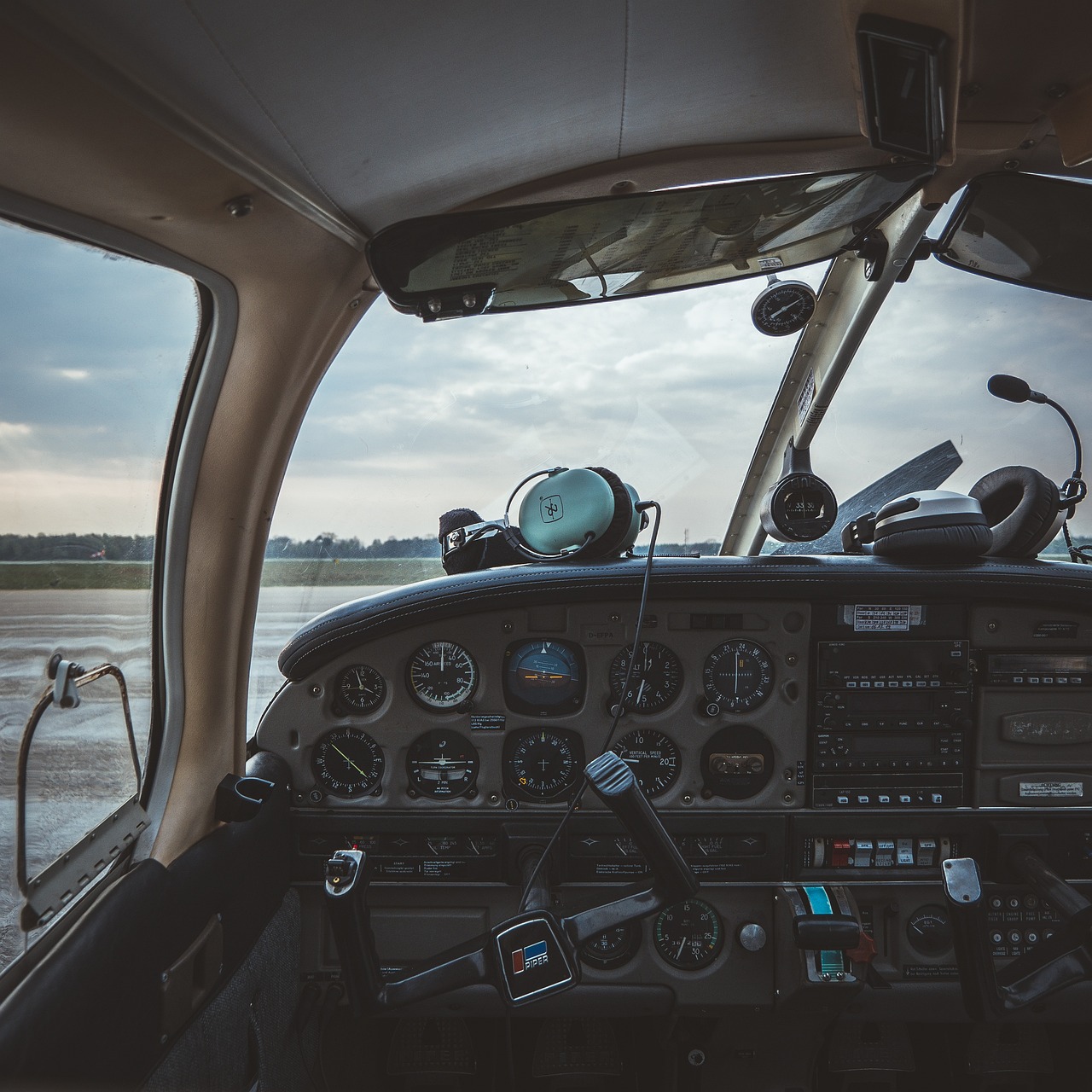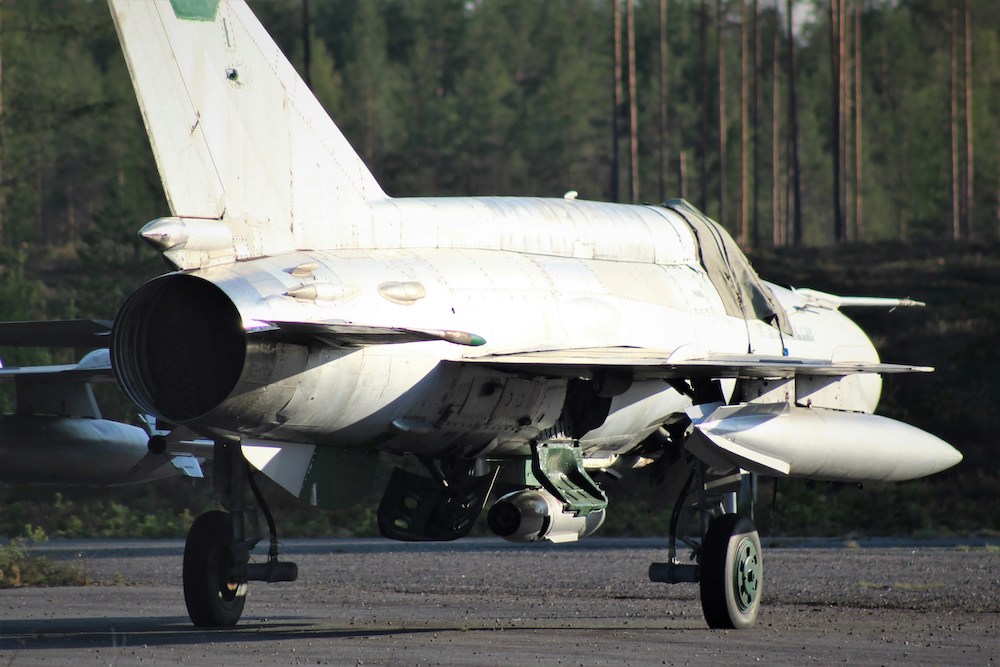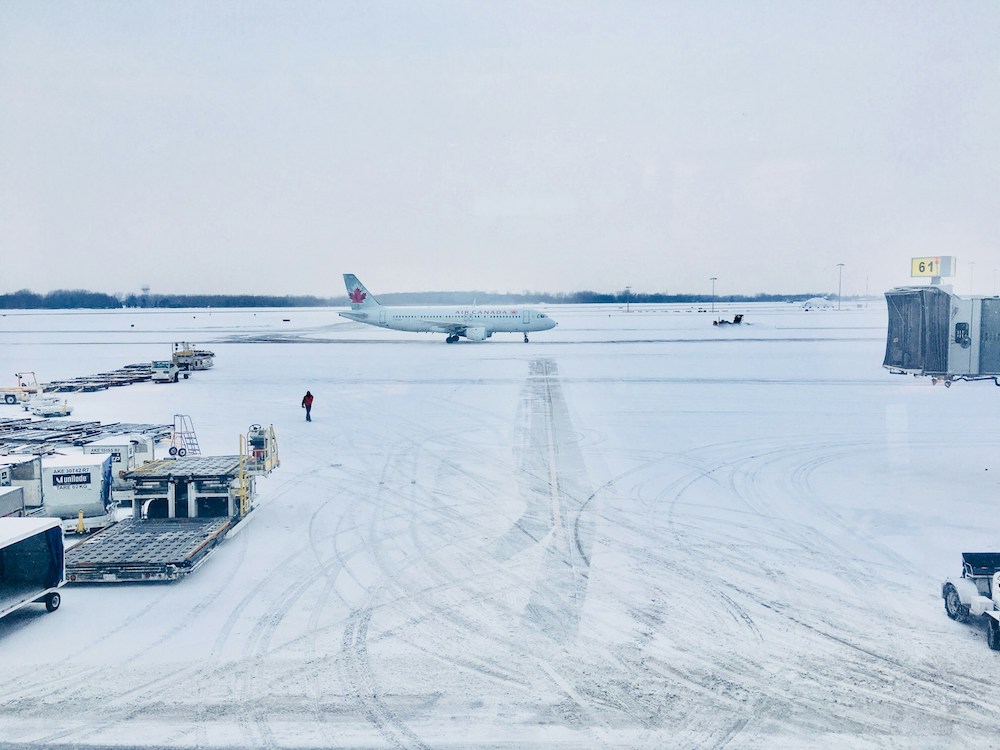
In aviation, safety and precise communication are non-negotiable priorities. However, the experience of flying an aircraft is often accompanied by the relentless roar of engines and the rush of wind, which can severely impede effective communication between the air control tower and passengers. This is precisely where aviation headsets step in as indispensable assets.
Aviation headsets are meticulously designed to tackle this challenge head-on. They act as a vital bridge between the pilot and the crucial voices on the other end of the communication channel, be it the air control tower or passengers. These headsets excel at isolating and suppressing the cacophony of aircraft noise, ensuring that the messages exchanged are crystal clear.
However, there exist multiple types of aviation headsets from which to choose. Here, we weigh the pros and cons of different options so airlines can equip their pilots with the best-matched headset.
Aviation Headset Style
The choice of pilot headset style is a matter of personal preference. What’s more, your preferences for other factors like comfort, weight, and noise isolation will also impact which overall style of headset to choose. There are three primary forms of aviation headsets:
- In-ear headsets
- Over-ear headsets
- On-ear headsets
In-Ear Aviation Headsets
An in-ear aviation headset is designed to be inserted directly into the ear canal. They are highly compact and lightweight, making them a convenient choice, especially for pilots prioritizing portability.
In-ear headsets rely on passive noise isolation due to their snug fit inside the ear, which can offer decent noise reduction.
Keep in mind that in-ear pilot headsets are less commonly used than other aviation headset types, but they offer advantages such as a lightweight design and comfort. However, it’s important to note that they may not fit all users equally well due to variations in ear shapes.
Over-Ear Aviation Headsets
Over-ear aviation headsets completely cover the ears, providing superior noise isolation compared to in-ear models. These headsets are designed to fully encircle your ears, creating an effective seal. They are renowned for their excellent noise isolation and comfort, as the earcups envelop the entire ear. Additionally, over-ear headsets often come with well-padded ear cushions for extended wear and feature highly effective passive noise-canceling technology.
On-Ear Aviation Headsets
On-ear headsets rest on top of your ears, partially covering the ear canal. They are typically more compact and lightweight than over-ear models, which can be advantageous for portability and comfort on shorter flights. However, their noise isolation might not be as effective as over-ear headsets.
Noise Reduction Method and Efficiency
When selecting aviation headsets, it is essential to consider noise reduction methods and their efficiency. To evaluate noise reduction capabilities, standardized measurements such as the Noise Reduction Rating (NRR) are used. The NRR is typically expressed in decibels (dB) and can usually be found in the specifications of pilot headsets. It represents how effectively a headset can reduce external noise, with a higher NRR indicating a greater ability to reduce noise.
However, it’s crucial to acknowledge that in real-world use, noise reduction can vary due to factors like fit and seal, which can affect the headset’s effectiveness. Elements such as an individual’s ear shape and how well the headset fits can influence the degree of noise reduction experienced.
Therefore, to ensure that the chosen aviation headset delivers the anticipated level of noise reduction, it is advisable to either test it in your specific aviation environment or read user reviews from fellow pilots who have used the same model. Based on noise reduction, aviation headsets can be broadly categorized into:
- Passive Noise-reducing headsets
- Active Noise-reducing headsets
- Dynamic Noise-reducing headsets
Passive Noise-reducing (PNR) Headsets
Passive noise-reducing headsets block or reduce ambient noise using physical barriers and materials. They are designed with sound-insulating ear cups and cushioning to create a barrier between your ears and external noise sources, such as the engine and wind. This design reduces the overall noise level you experience while flying.
Compared to their active counterparts, passive pilot headsets are more budget-friendly and durable since they don’t use electronics. They also may not cancel out specific frequencies, like constant engine hum, as effectively as active noise-reducing headsets. This means they work best in quieter aircraft like private planes but may not be as effective in noisy environments like commercial airplanes or helicopters.
Active Noise-reducing (ANR) Headsets
Active Noise-Reducing headsets are a preferred choice for airlines looking to provide pilots with exceptional noise reduction. These headsets utilize advanced technology to diminish external noise. They employ built-in microphones to generate sound waves that actively counteract external noise, effectively reducing engine sounds and high-frequency noises.
hese headsets can alleviate pilot fatigue and enhance comfort during extended flights by minimizing the necessity to raise one’s voice for communication over the loud engine noise. They are well-suited for use in various aircraft and aviation environments, ranging from small planes to commercial jets.
However, there are drawbacks to active noise-canceling headsets. They tend to be more expensive than passive ones. Additionally, as they rely on batteries for noise cancellation, ensuring a power source is crucial. These headsets require more careful handling and delicate care due to their electronic components.
Dynamic Noise-reducing (DNR) Headsets
Dynamic noise reduction incorporates digital technology to effectively eliminate undesirable noise from incoming audio signals. These particular pilot headsets employ a sophisticated process that scans for repetitive, identical noise signals within the transmission and selectively suppresses only those specific signal portions.
In other words, when using a DNR headset, the technology actively identifies recurring noise patterns in the audio signal, typically associated with constant background noise like engine hum or ambient sound. Once these repetitive noise patterns are detected, the DNR system targets them explicitly. It reduces them, leaving the essential audio content intact.
This advanced feature goes beyond the standard noise-cancellation capabilities of ANR headsets. The result is a crisper and more immersive audio experience, making DNR headsets a top choice for airlines that demand the utmost noise reduction and audio clarity, particularly in environments where constant and repetitive noise can be a significant distraction.
Aviation Headset Comfort and Fit
Ensuring that aviation headsets offer pilots a comfortable and secure fit is paramount, especially during extended flights. Consider the following factors:
Earcup and Headband Design
Choose headsets with comfortable ear cups that fit snugly around the ears. These ear cups should form a tight seal to optimize noise reduction and provide superior comfort. It’s also worth considering models with rotating or swiveling ear cups for added convenience, especially during long flights.
Likewise, a well-designed headband should evenly distribute the headset’s weight across the pilot’s head, effectively minimizing uncomfortable pressure points. Aviation headsets with adjustable headbands offer the flexibility to tailor the fit according to the pilot’s unique head shape and size. Typically, both on-ear and over-ear aviation headsets come equipped with adjustable headbands.
Weight and Padding
Lighter headsets are often more comfortable for extended use. In contrast, heavy headsets can lead to discomfort and fatigue during long flights. Consider the headset’s weight and opt for a balance between durability and comfort.
Also, adequate padding in the ear cups and headband is essential for comfort. Many pilots prefer memory foam or gel padding, as it molds to the shape of their heads and ears, enhancing overall comfort.
Durability and Build Quality
Quality materials, such as robust plastics and metal components, contribute to the aviation headset’s durability, ensuring it can withstand the rigors of aviation.
Additionally, examine the manufacturer’s warranty and its coverage, as a longer warranty period often signifies the manufacturer’s confidence in their product’s durability and can offer peace of mind in case of any issues.
Compatibility
A high-quality aviation headset should seamlessly integrate with your communication equipment. It’s essential to verify if the headset can easily connect to your aircraft’s avionics system for smooth communication. Furthermore, consider modern aviation headsets equipped with Bluetooth capability, allowing you to connect to other devices such as smartphones and tablets, thereby enhancing functionality and convenience.
Audio Quality
Audio quality is crucial for clear communication. Seek headsets that deliver crystal-clear sound across a wide range of frequencies, ensuring both the pilot’s ability to hear and be heard accurately, a fundamental aspect of safe aviation.
Customer Reviews and Feedback
Lastly, before making your selection, be sure to explore online reviews and pilot forums discussing the headsets you’re contemplating. Focus on factors such as noise reduction, comfort, audio quality, and durability to gain a more comprehensive understanding of how the headset performs in real-world aviation scenarios. This research will enable you to make an informed decision when choosing the ideal aviation headset for your needs.
Buy Aviation Headsets With the Help of ePlane
ePlane combines its global parts marketplace reach with industry-leading technology to empower airlines and industry professionals to respond to real-time market data, understand their own analytics, and automate key functions of part buying and selling. What’s more, our sellers offer parts as pivotal as air data computers to often-overlooked components like fire extinguishers.
Popular pilot headset models include:
- PN 046-69-999-0931
- PN 64300-210
- PN 12508G-02
- PN 12508G-17
- PN 12508G-20
- PN 12508G-26
- PN 12508G-34
- PN 12508G-35
Written by Michael Olusoji
Michael Olusoji is a distinguished aviation writer with over five years of in-depth expertise.
His comprehensive research and analytical prowess have culminated in a myriad of articles that dissect the intricate facets of the aviation sector, particularly the engineering nuances of aircraft components.



